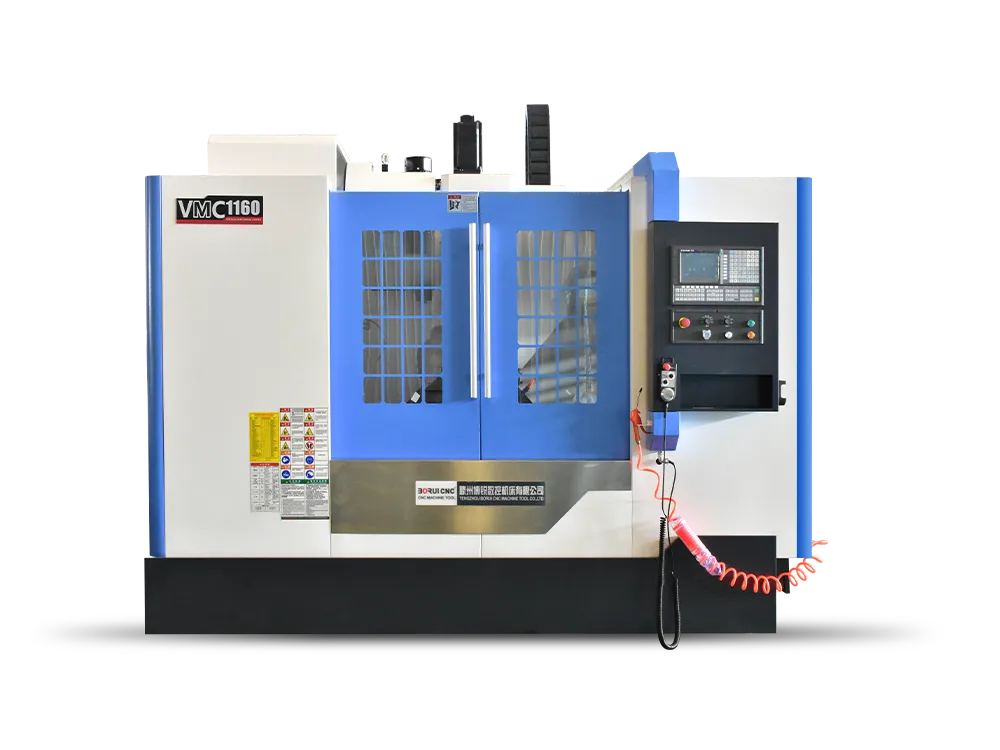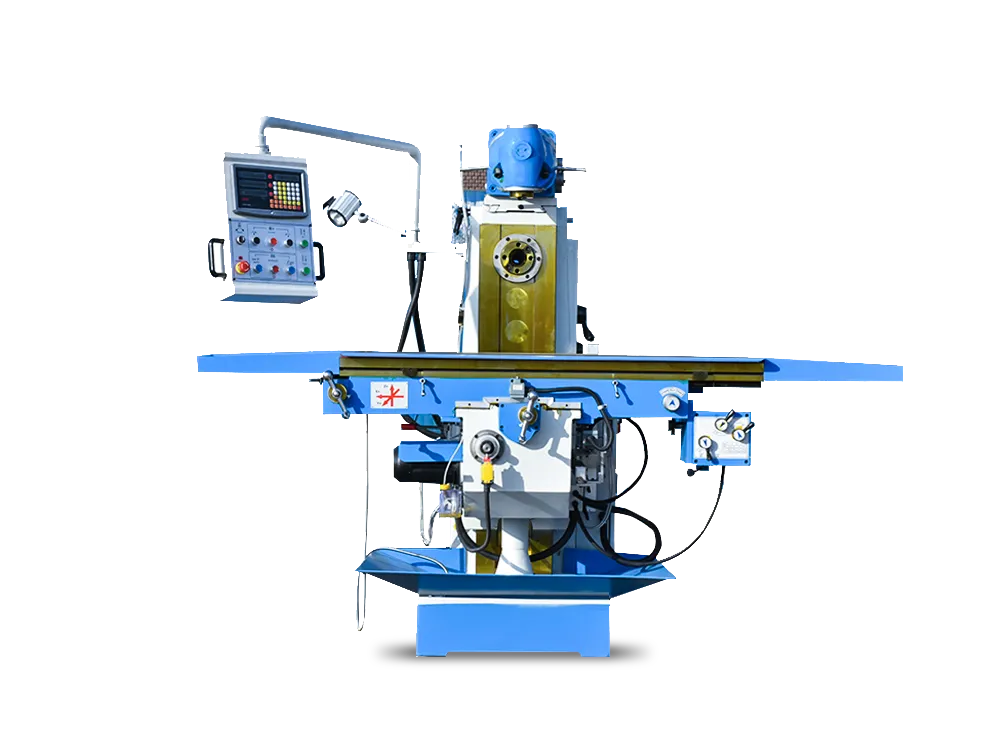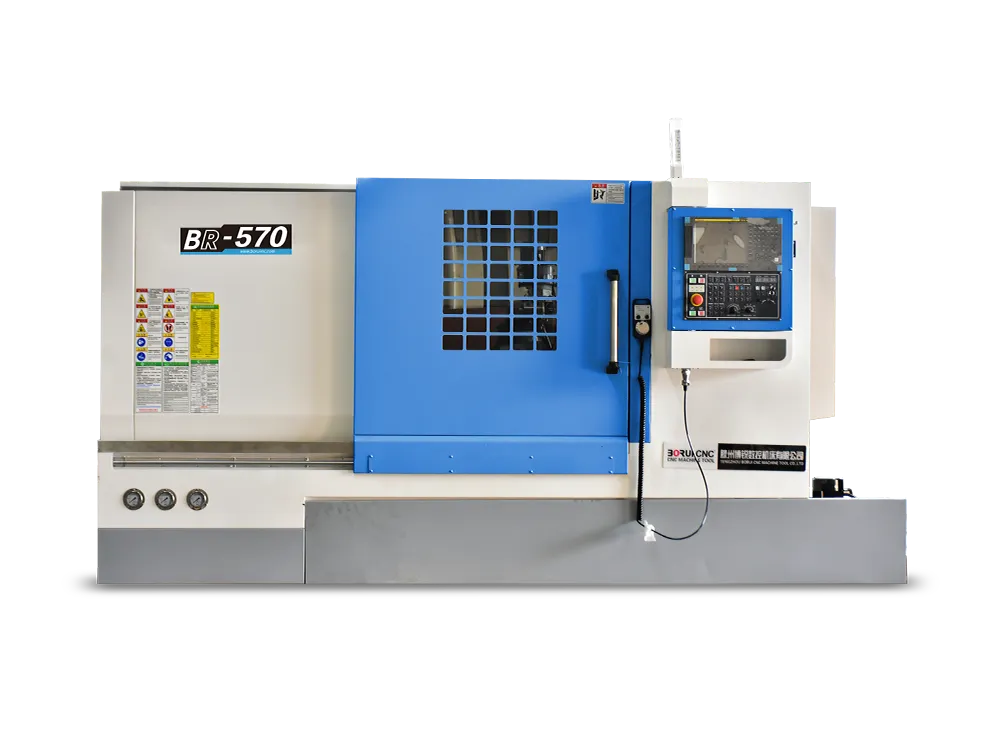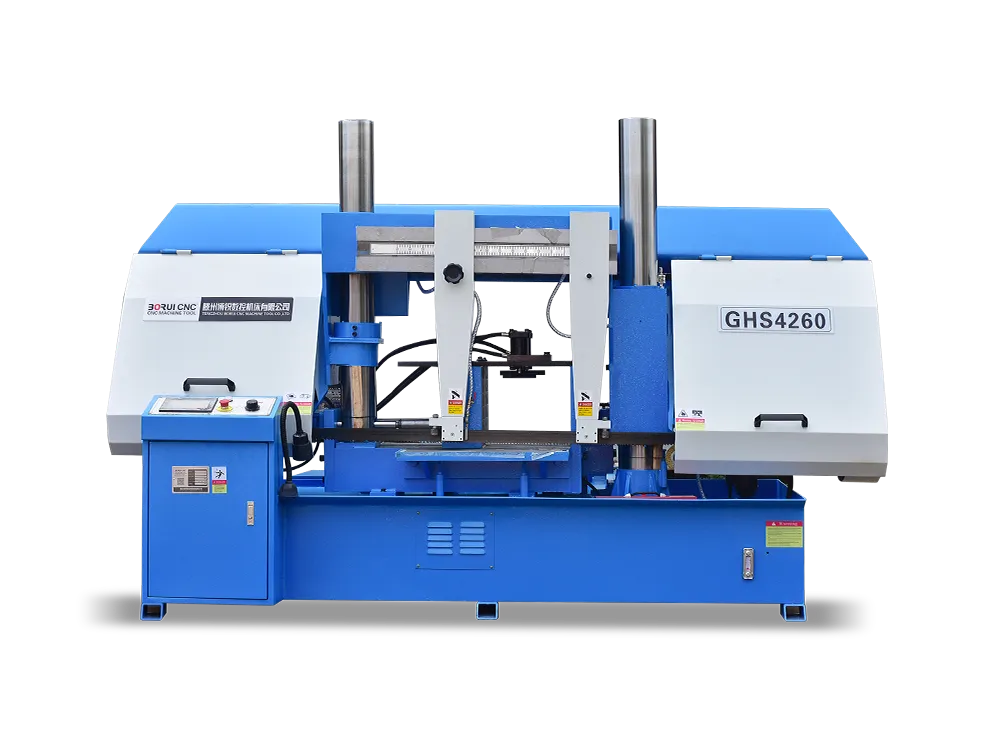Not many tools can claim a title as bold as “mother of all machine tools,” yet the lathe machine earns it. Its earliest form is over 3,000 years ago—around 1300 BCE—in ancient Egypt.
It gave artisans something new back then: the ability to rotate and shape materials evenly instead of carving by hand. That simple shift was more than clever; it was foundational.
It brought order to production, made symmetry achievable, and eventually helped make parts that could be swapped. For centuries, the lathe kept showing up—turning wood, shaping metal, and building the base of early machines.
Today’s version? It’s a far cry from hand tools. CNC lathe machines now lead work in aerospace and medical tech, where getting it wrong by even a micron isn’t an option. What started as a manual craft has become the heartbeat of precision manufacturing.
The numbers tell the story: valued at $25 billion in 2018, the global lathe market is projected to hit $57.5 billion by 2032, mainly due to digital control and automation. In this article, we’ll follow that history—and see how BORUI CNC stands at the cutting edge of its future.
The Invention and Evolution of Lathes
The lathe’s story begins in ancient Egypt, around 300 BCE. Craftsmen used a two-person tool—one spun the material with a rope, the other shaped it. Soon after, rotary lathes arrived in China to sharpen tools. At the same time, woodturning spread throughout the Mediterranean.
Later, the Romans added a bow for rotation, allowing one person to control both movement and cutting. In the Middle Ages, the foot-powered pole lathe emerged. It freed the hands for detailed work—and surprisingly, it stuck around into the 1900s.
Somewhere in the chaos of the Industrial Revolution, the lathe turned from a simple tool to a serious machine. Jan Verbruggen was boring cannon barrels with horsepower by 1772—impressive for its time. Years earlier, Nartov had added a geared slide rest, finally letting artisans guide tools with something like consistency.
Henry Maudslay later took it further. His screw-cutting design, with a solid frame and leadscrew, meant parts could match. Around the same time, David Wilkinson went big—iron lathes built for strength. By 1900, manual labor was fading. The age of mechanized precision had arrived.
The Transformation of Lathes in the 20th Century and Birth of CNC
By the early 1900s, lathe machines had started shedding belts and foot pedals. Electric motors took over, bringing better speed control and, not incidentally, fewer accidents. It wasn’t long before most industrial shops had moved to motorized machines.
Then came automation—though not quite the kind we think of today. Turret and capstan lathes used preset cams to perform repetitive tasks. In the 1940s, hydraulic tracer lathes could follow templates to copy complex forms, nudging things closer to programmable control.
That leap—accurate programmable control—arrived with John T. Parsons. In the late 1940s, he teamed up with Frank Stulen and MIT to create machines that could read punched tape and move tools with servo motors. By 1952, MIT had a prototype NC milling machine running. The Arma Corporation followed with the first commercial NC lathe machine. By 1955, these machines were turning heads at public demos.
Early NC wasn’t cheap or straightforward, but aerospace and defense didn’t mind; the accuracy was unmatched. The 1960s saw improvements: transistorized controllers, G-code standards, and less operator guesswork. By the 1970s, digital computers handled everything, and CNC was born.
Suddenly, you could reprogram a lathe machine. Okuma and others jumped in, releasing machines that cut, drilled, threaded—no manual resets needed. Precision tightened to fractions of a millimeter. Designs went from CAD screen to finished part with barely a hand in between.
By the 1980s, CNC wasn’t just an upgrade but the norm. Older lathe machines were either retrofitted or scrapped. New factories, especially across Asia, skipped the old models entirely. Once powered by ropes and treadles, the lathe machine had become the nerve center of digital manufacturing.
Modern Development of CNC Lathes (21st Century)
Since the early 2000s, CNC lathe machines have undergone more than upgrades. They’ve been reshaped by better computing, tighter automation, and smarter materials. What you see on a shop floor today barely resembles the machines from a few decades ago.
Take the modern setup. It’s not just about spinning parts anymore. A single machine can handle turning, drilling, tapping—even milling—without flinching. With 3, 4, and sometimes 5 axes in play and live tooling built right in, you’re looking at full parts completed in one go. That means no more stopping to reposition or retool. Just done—start to finish. Think jet engine parts or titanium implants.
Speeds have ramped up, too. Spindles hit 10,000 RPM in some systems. Paired with digital encoders reading at the sub-micron level, accuracy isn’t an afterthought—it’s the baseline. A tolerance of ±0.005 mm? That’s routine now.
Then there’s the fact that no one needs to babysit the machine. Robotic arms load material, bar feeders keep stock flowing, and the entire thing hums along on its own while the lights are off. This is what “lights-out” manufacturing really means. Most setups are wired into IoT dashboards, logging data, flagging issues, and self-correcting before anything fails. It’s very Industry 4.0—but it works.
AI has crept in, too, and it is not just for show. These systems can sense wear, adjust feed rates mid-cycle, and throw alerts before something breaks. Shops running predictive maintenance see less downtime and lower costs, sometimes cutting unplanned halts by 20% or more. That’s not hype—it’s in the numbers.
Even sustainability, usually an afterthought, is being baked in. Newer machines use less energy, recycle fluids, and run with innovative coolant systems that cut waste while keeping the part and tool sharp. Some are designed to be removed and reused—less landfill, more long-term value.
Today, CNC lathe machines aren’t just another tool—they’re the backbone of high-precision, high-efficiency manufacturing. Markets are responding. Global demand is climbing steadily, with a projected CAGR of 5–10% through this decade. Asia-Pacific is pulling ahead in volume, but the U.S. and Europe are doubling down on specialized, high-mix applications.
One thing’s clear: as the rest of the factory catches up to digital, the lathe machine is already there—quietly doing the work that keeps it all moving.
Outlook from BORUI CNC as a Manufacturer
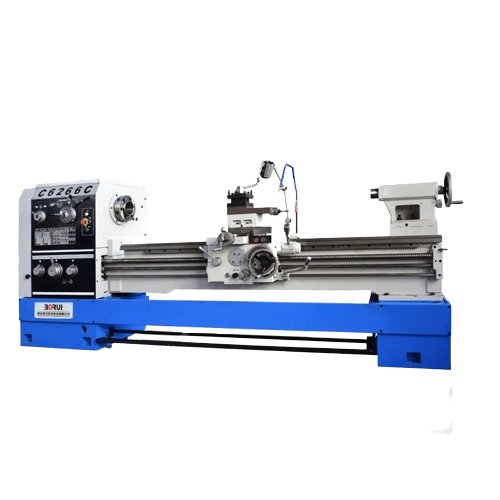
Founded in 2015, BORUI CNC has emerged as a global CNC machining leader, delivering advanced lathe solutions across China, Europe, the U.S., and beyond.
The company has built its reputation by doing more than just keeping up with technology—it’s built around the idea that precision, speed, and intelligent automation should work together, not compete. BORUI has become a quiet backbone of production in industries where tolerances are unforgiving.
Current Trends in CNC Lathe Technology
1) AI-Assisted Programming
BORUI puts AI to work where it matters. Instead of flashy features, it reads CAD models and automatically generates optimized toolpaths. Adaptive systems tweak spindle speeds and feed rates as jobs run, keeping tolerances tight (down to ±0.005 mm), reducing waste, and squeezing more life from the tools.
2) High-Speed Machining
Not every job needs brute force—some need speed and finesse. With high-RPM spindles and responsive drives, BORUI’s machines keep up with complex parts and tight timelines. Sub-micron encoders track every move, so results don’t fall off even when things get fast.
3) Energy-Saving Design
BORUI’s approach to sustainability isn’t just about energy labels. Regenerative drives, efficient servos, and minimum-lubrication systems cut waste where it counts. Add chip recycling and machine refurbishing to the mix, and it’s clear this is a low-carbon mindset that’s baked into the workflow—not slapped on after the fact.
Brand Advantages
1) Smart Automation
In BORUI’s facilities, machines don’t wait around for people. Robotic loaders, bar feeders, and IIoT systems handle the heavy lifting—even at night. Centralized controls track machine performance, schedule maintenance before breakdowns happen, and push output further without risking accuracy.
2) Precision at Scale
Aerospace-grade quality isn’t just a goal—it’s standard. With features like in-process probing, laser tool measurement, and auto gauging, BORUI machines stay consistent across batches. The ISO 9001 badge isn’t a formality—it reflects their life process.
3) Global Reach & Flexibility
BORUI ships to over 180 countries, but reach isn’t the whole story. From flat-bed CNC lathes to full-scale machining centers, they meet buyers where they are—with a product range, local support, and customization when off-the-shelf won’t cut it.
Future Direction
What’s coming next? BORUI is already deep into hybrid additive-subtractive machines, testing digital twins to simulate entire jobs before they hit metal. Real-time dashboards for clients are in the pipeline, too—giving users a clearer view of what’s happening and when. It’s not just “next-gen” tech—it’s a way of working that makes sense: visible, connected, and fast.
Conclusion
It’s strange to think a tool as old as the bow lathe still has a role in today’s high-tech world—but it does. In all its forms, the lathe has shaped how we make things, and that influence hasn’t faded.
BORUI CNC is part of that story—not as a footnote, but as a continuation. We haven’t just embraced precision and automation; we’ve figured out how to make them work together in ways that matter on the factory floor. There’s the history behind every cut—and BORUI seems to get that.

